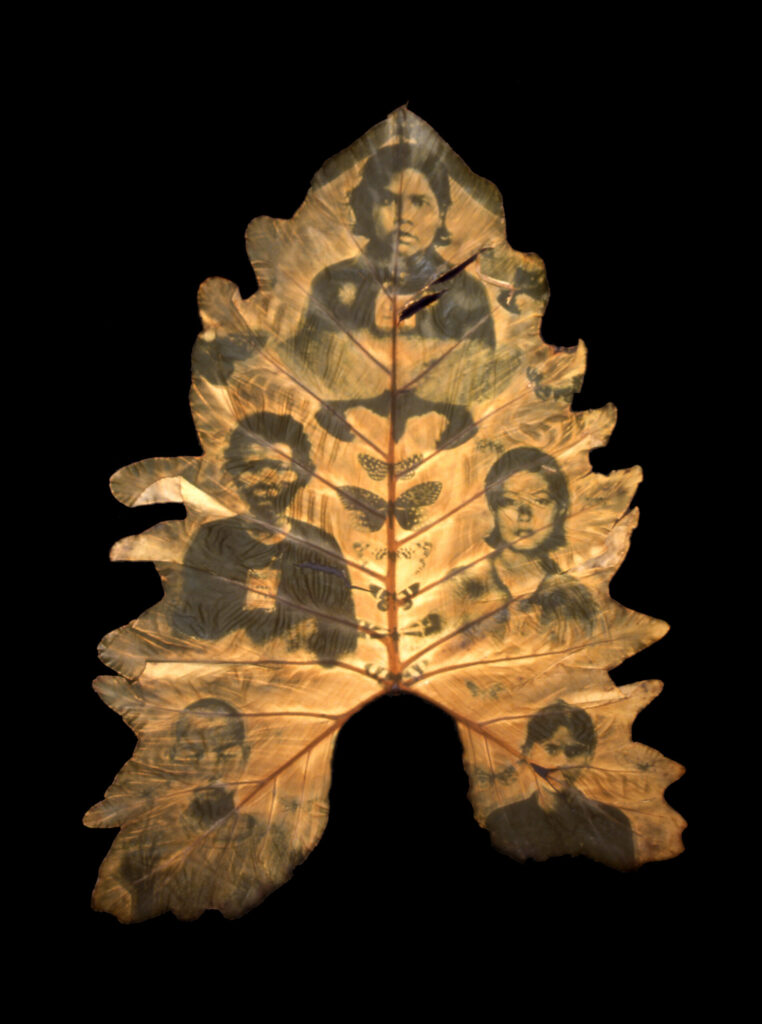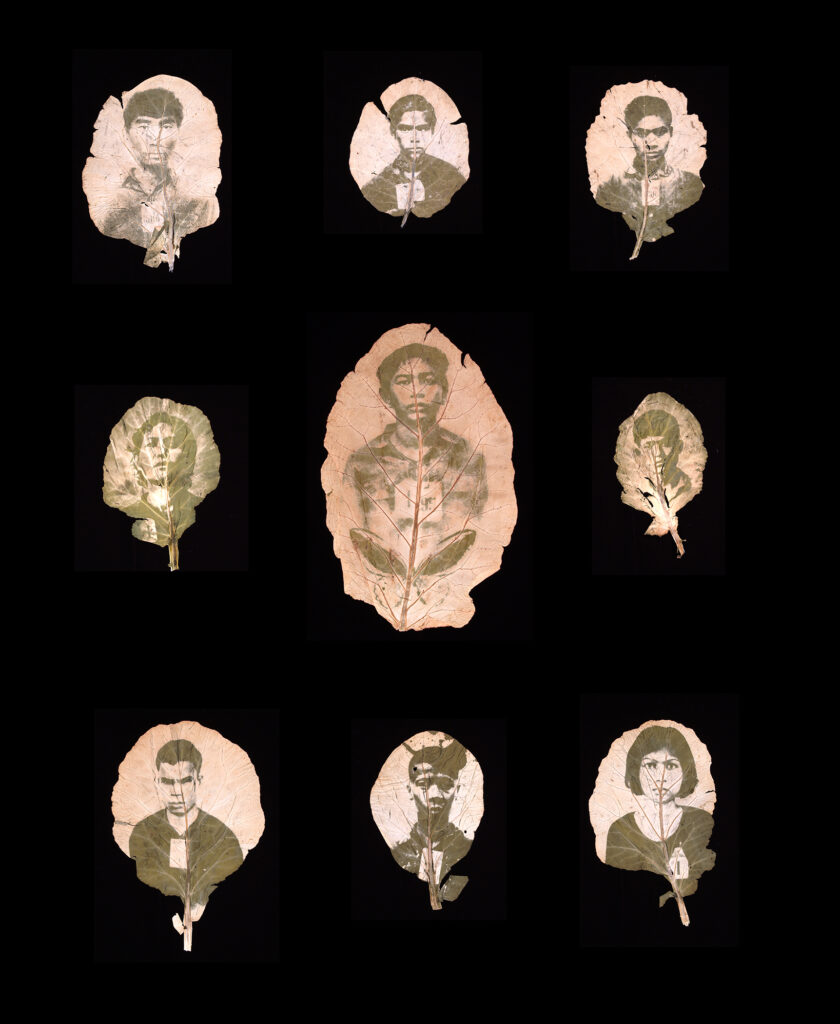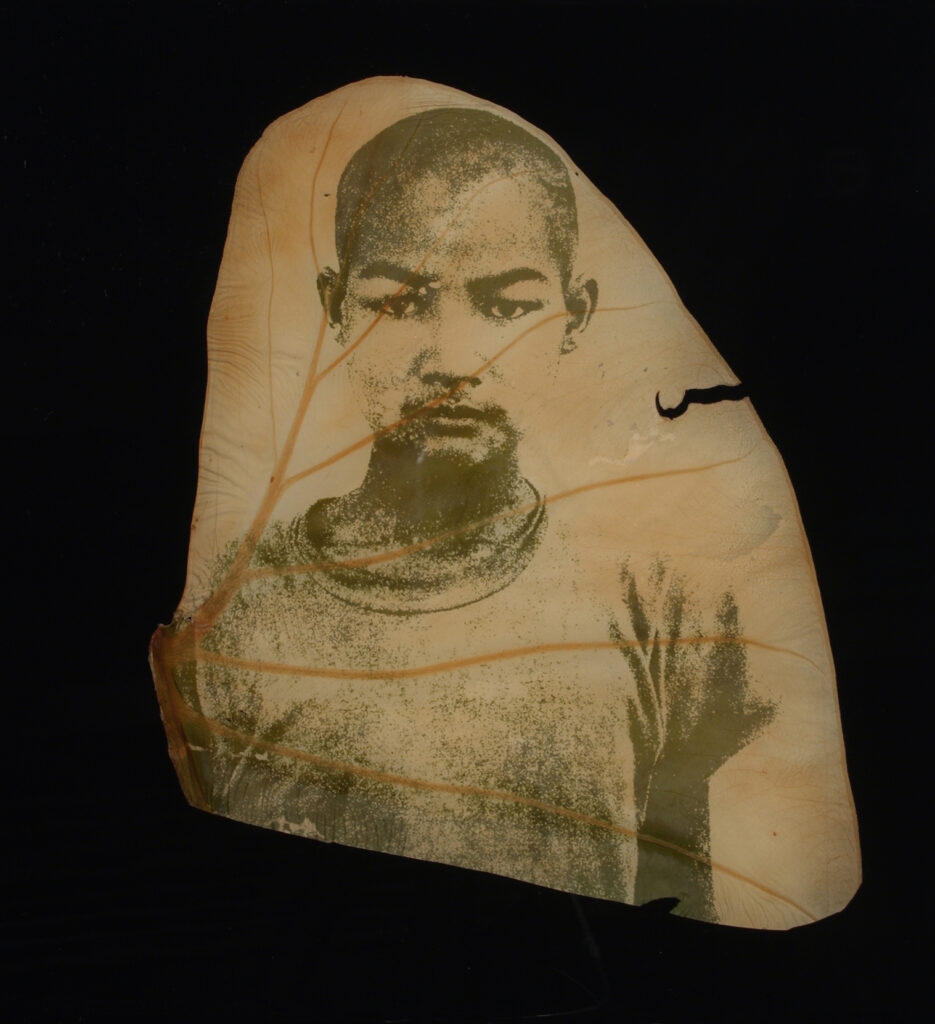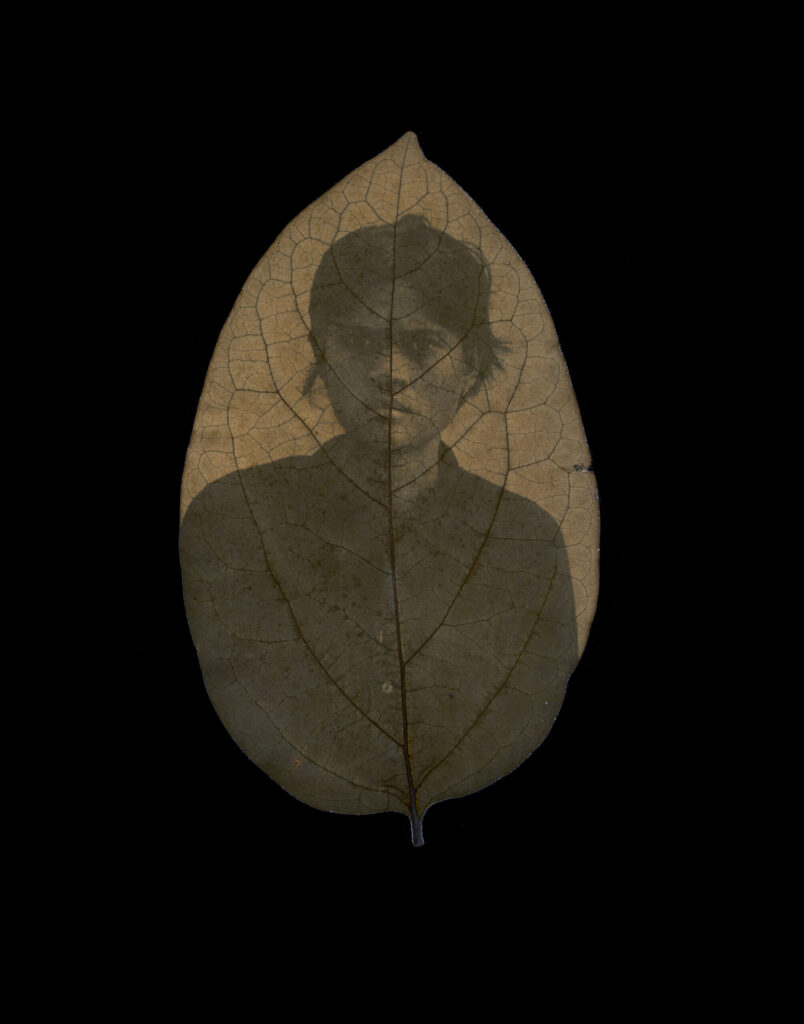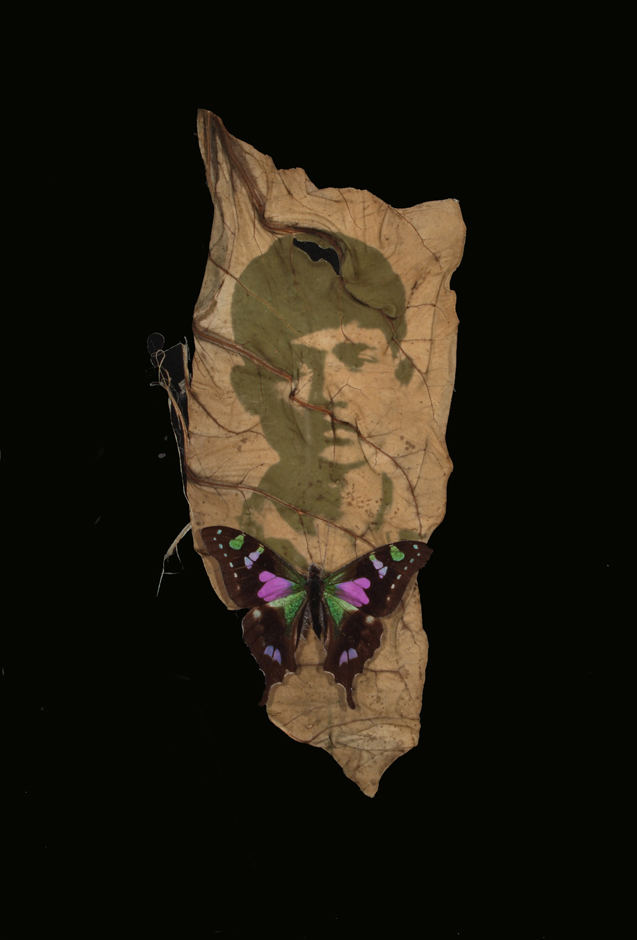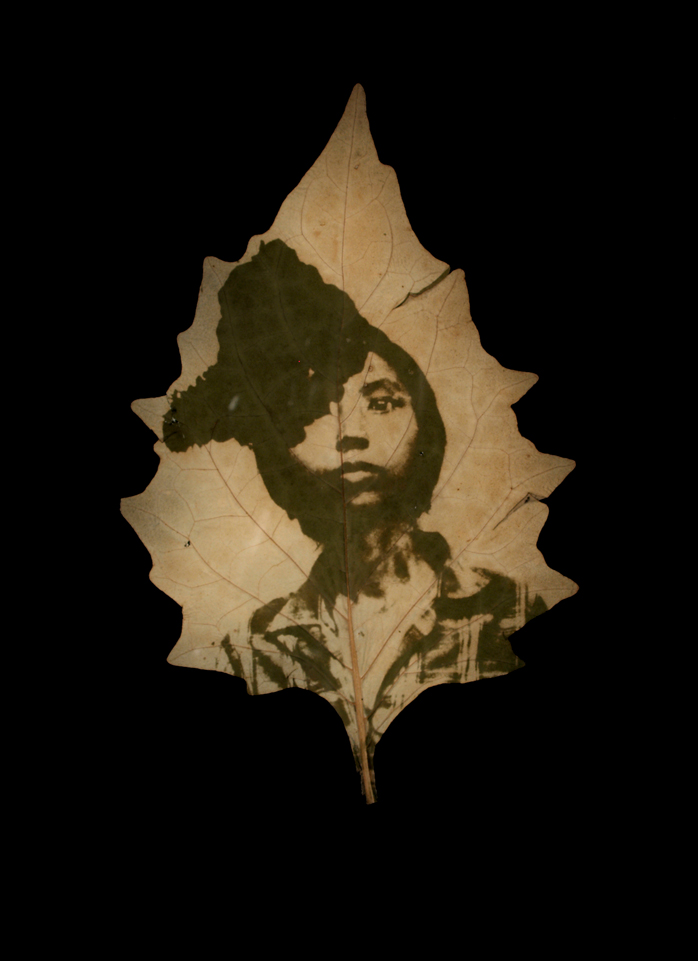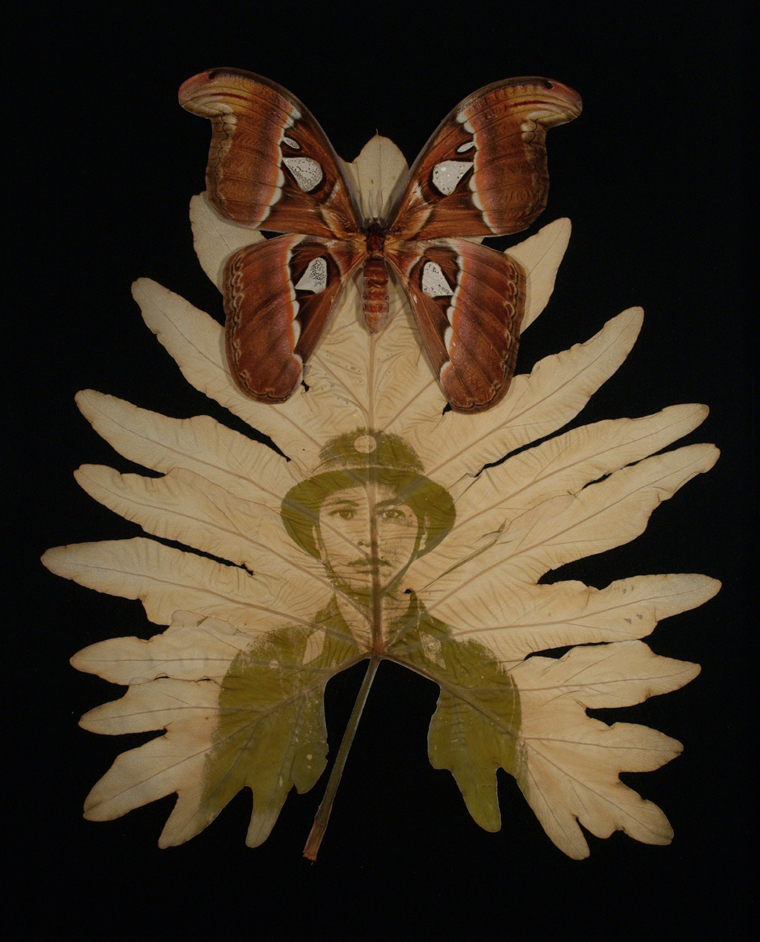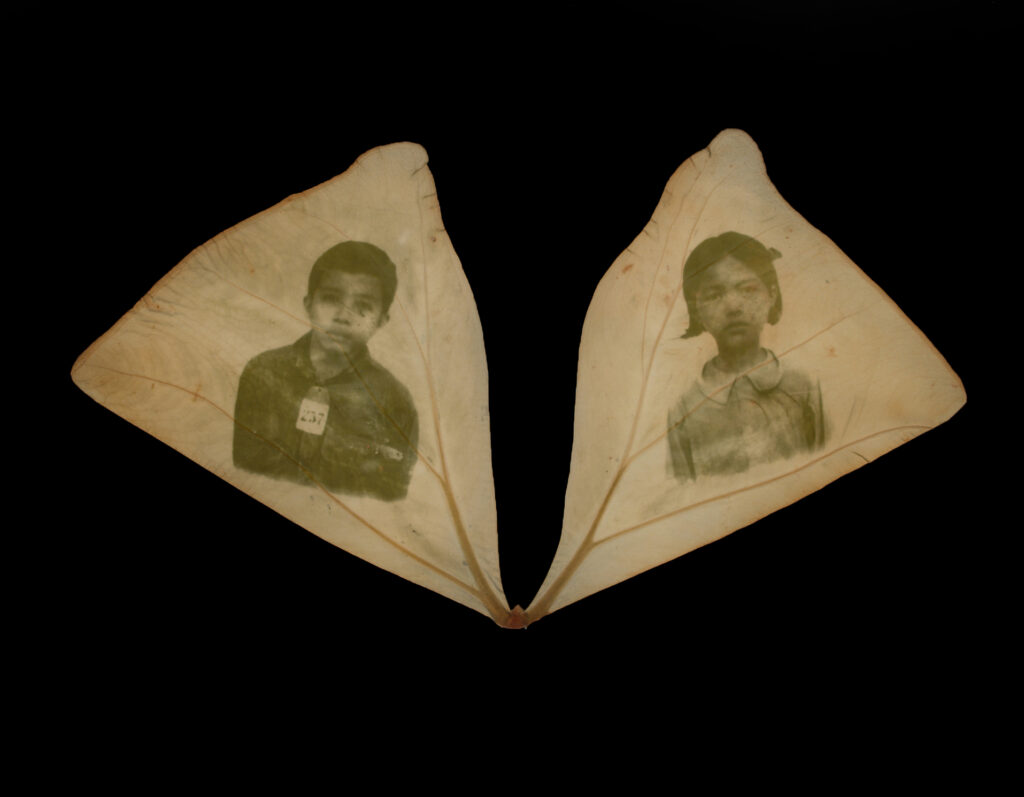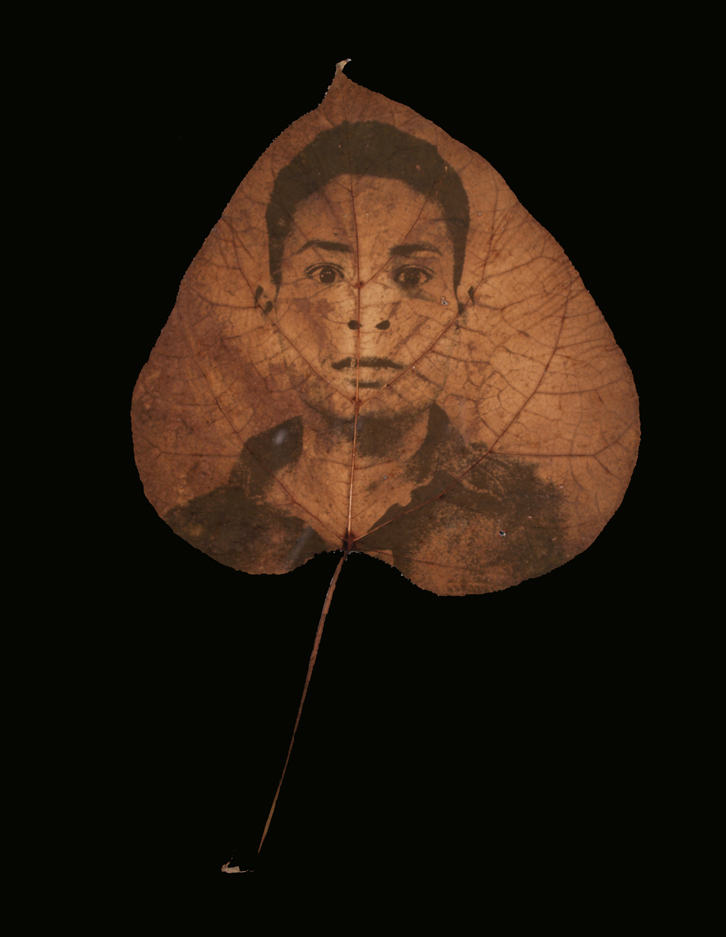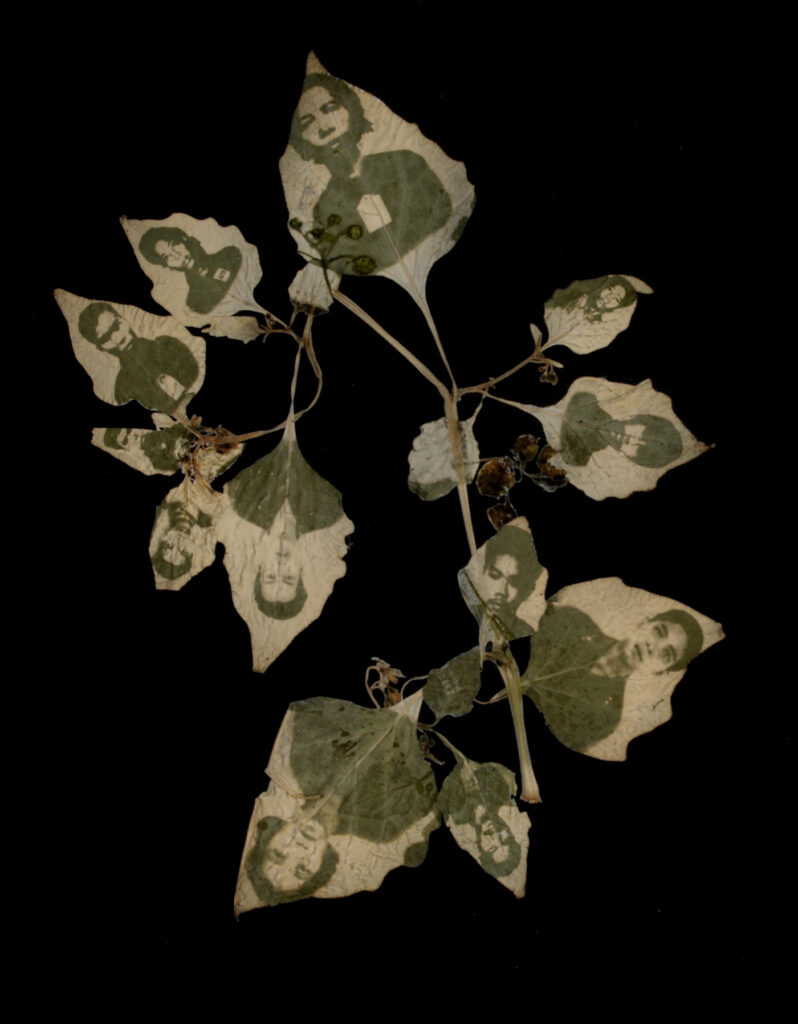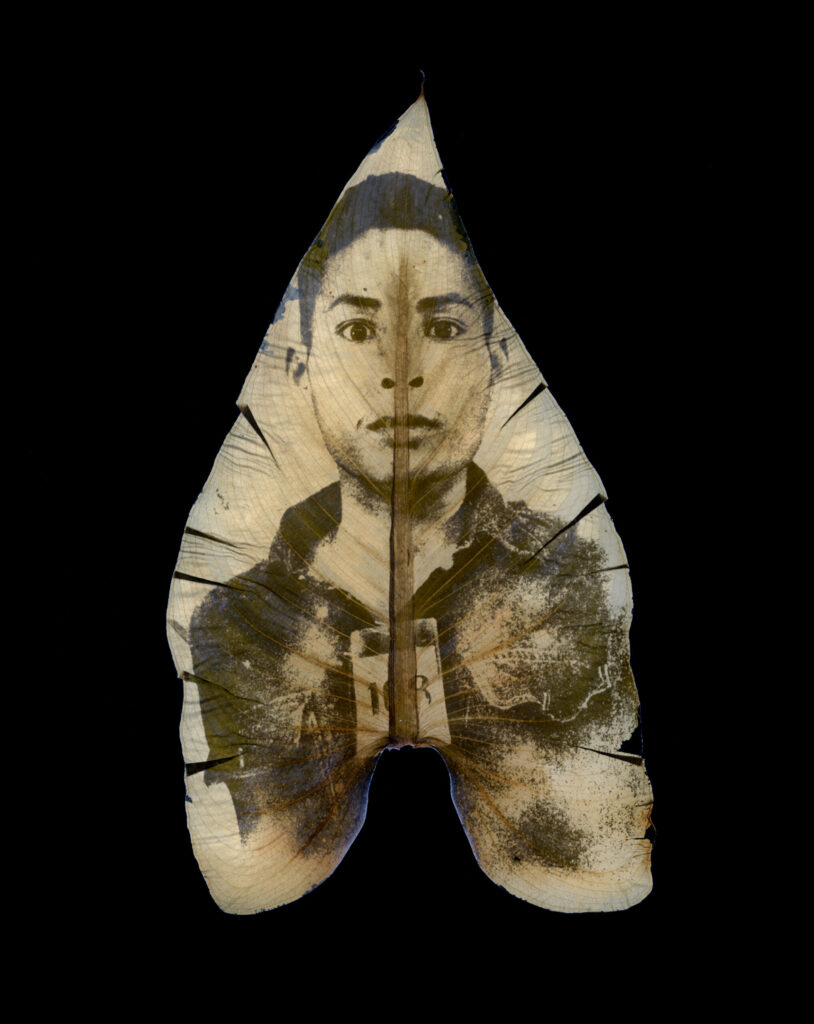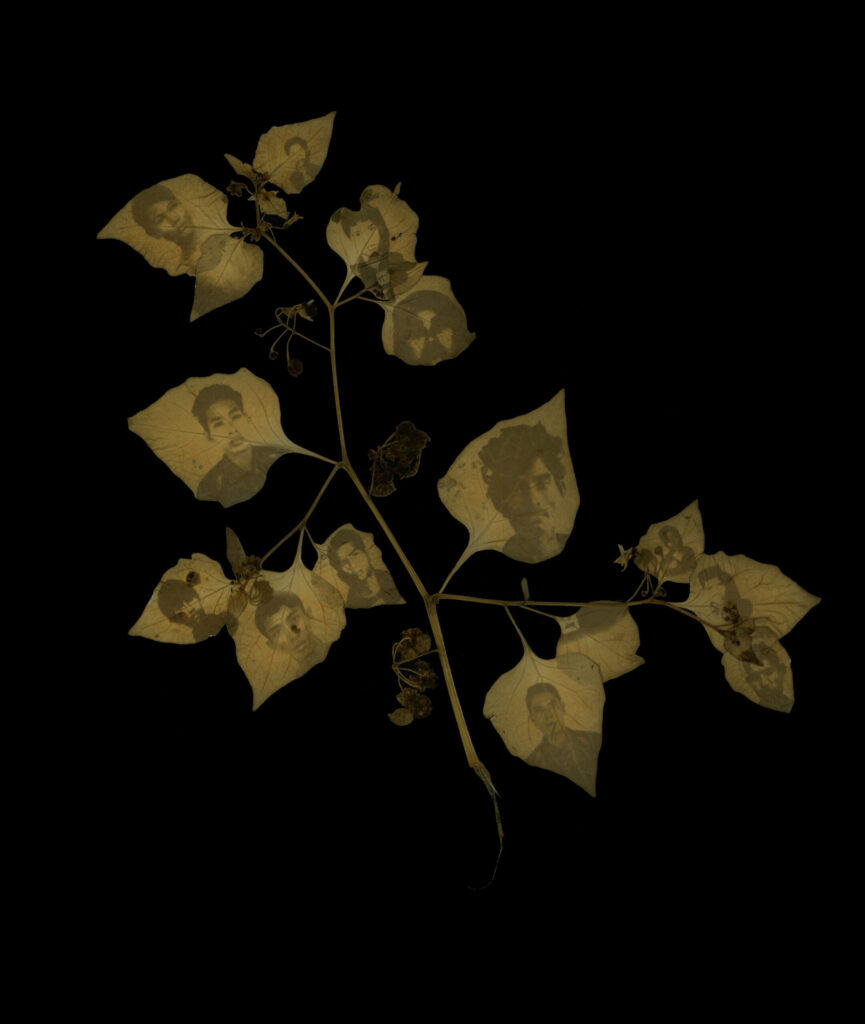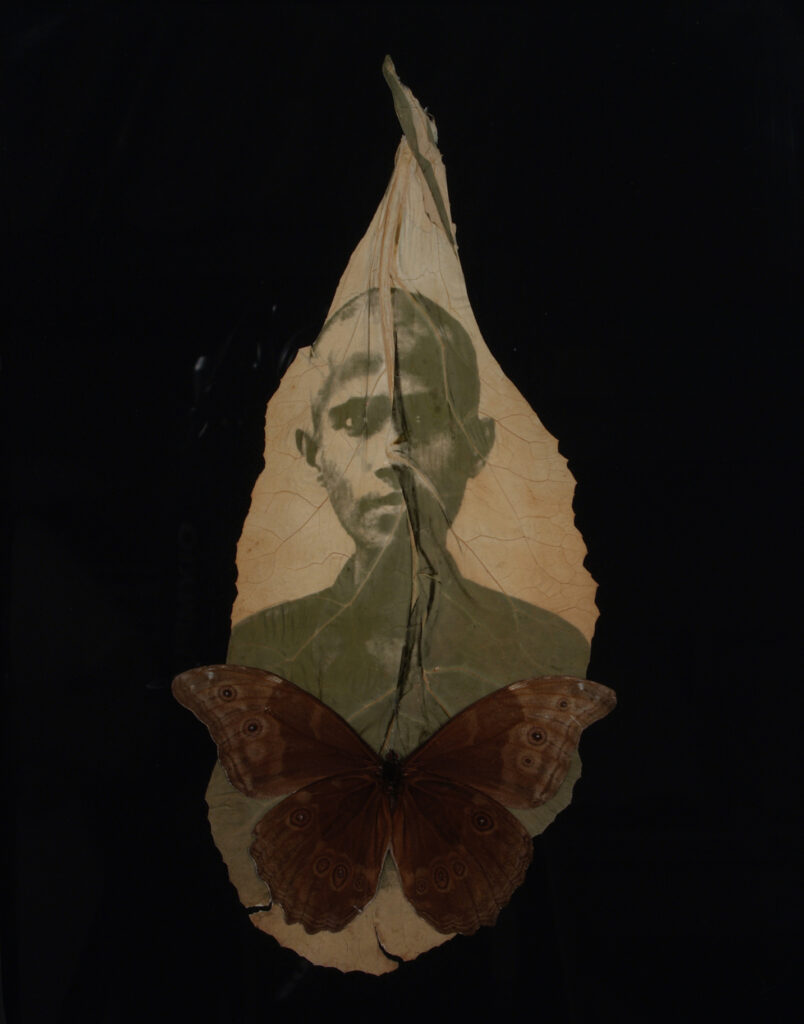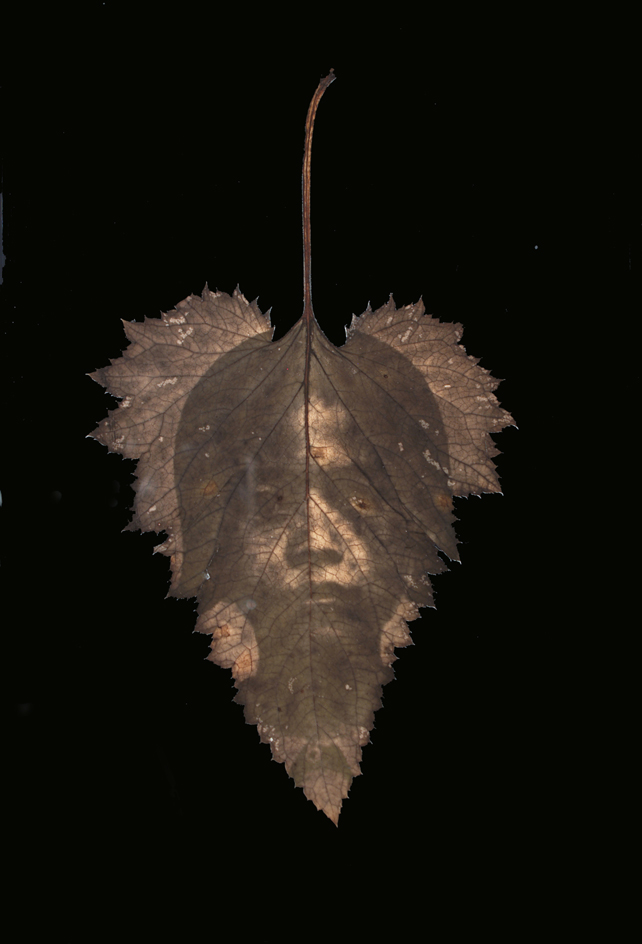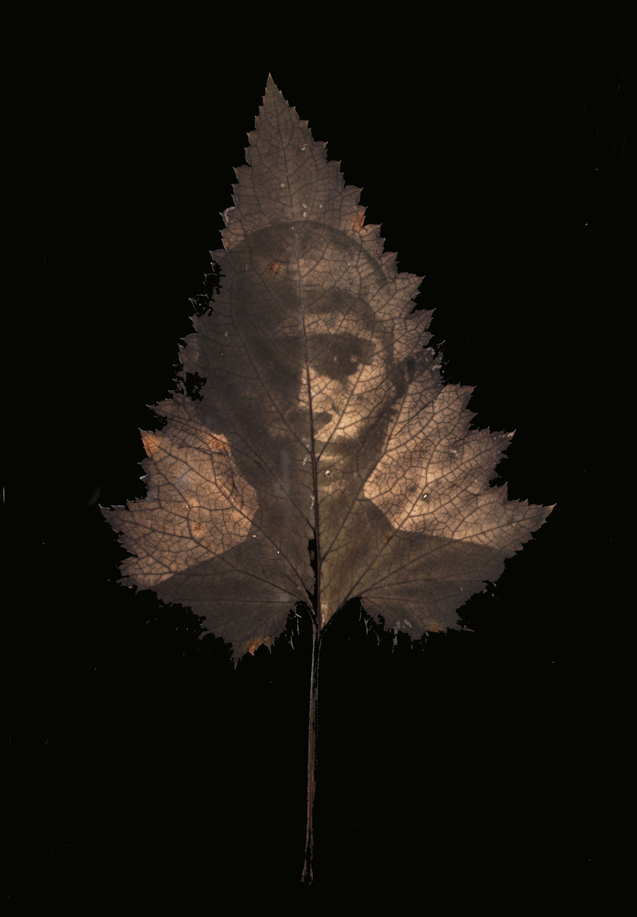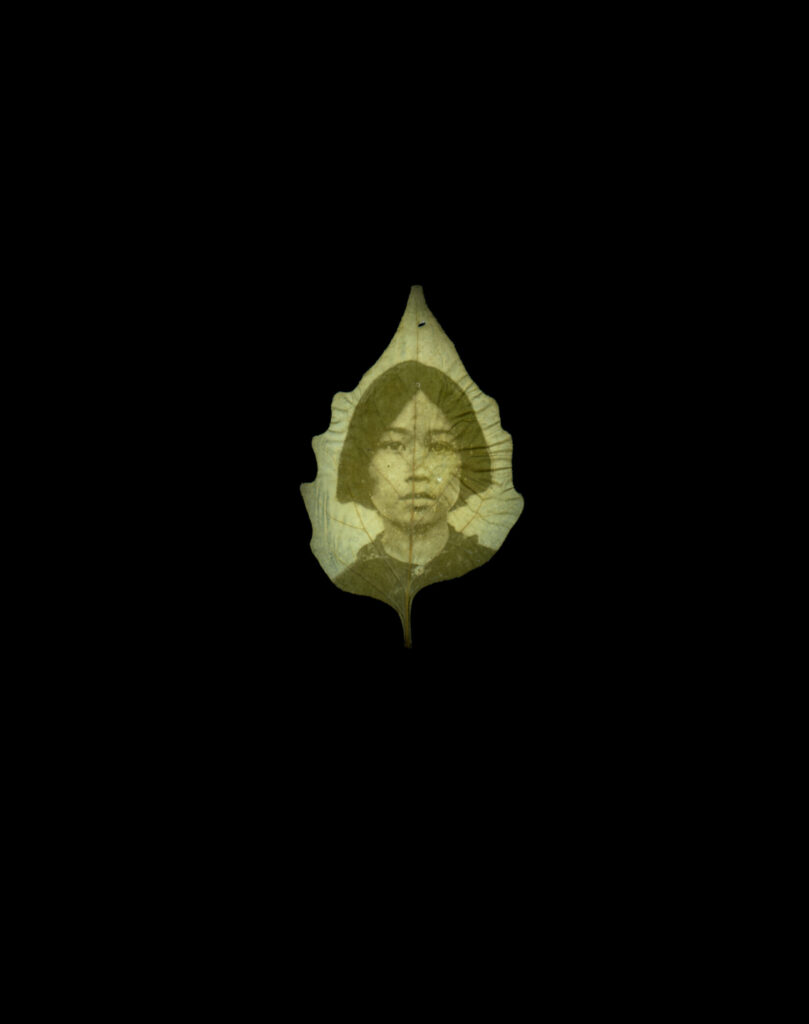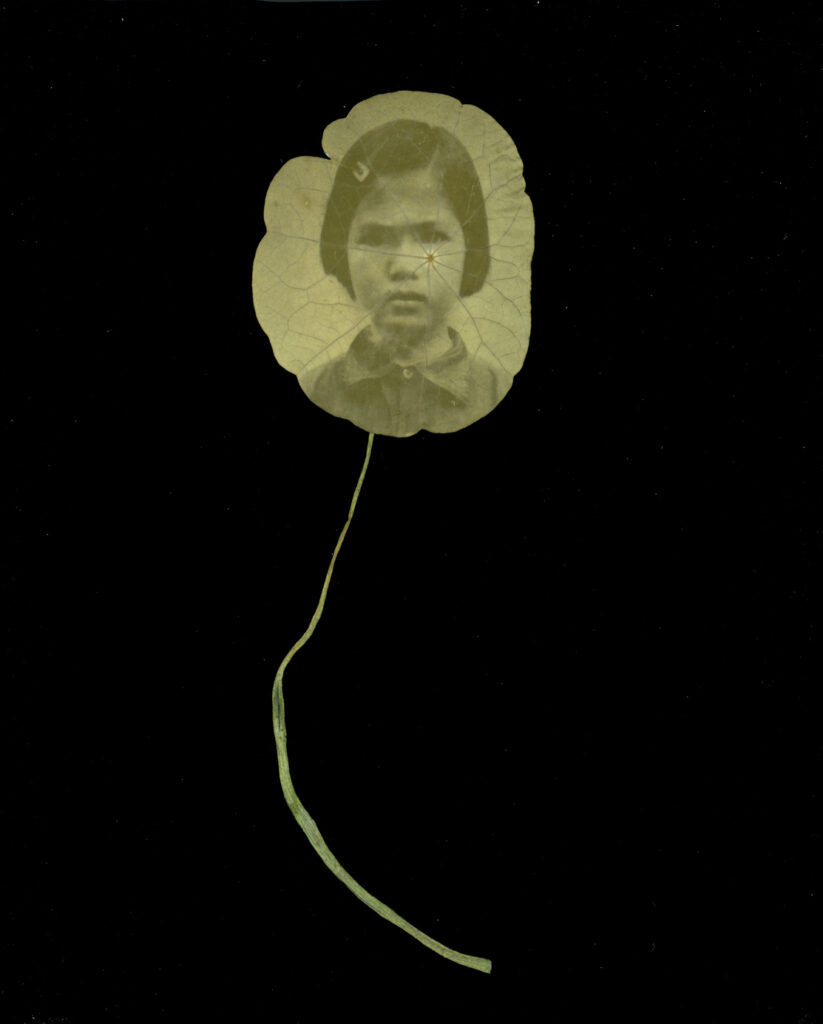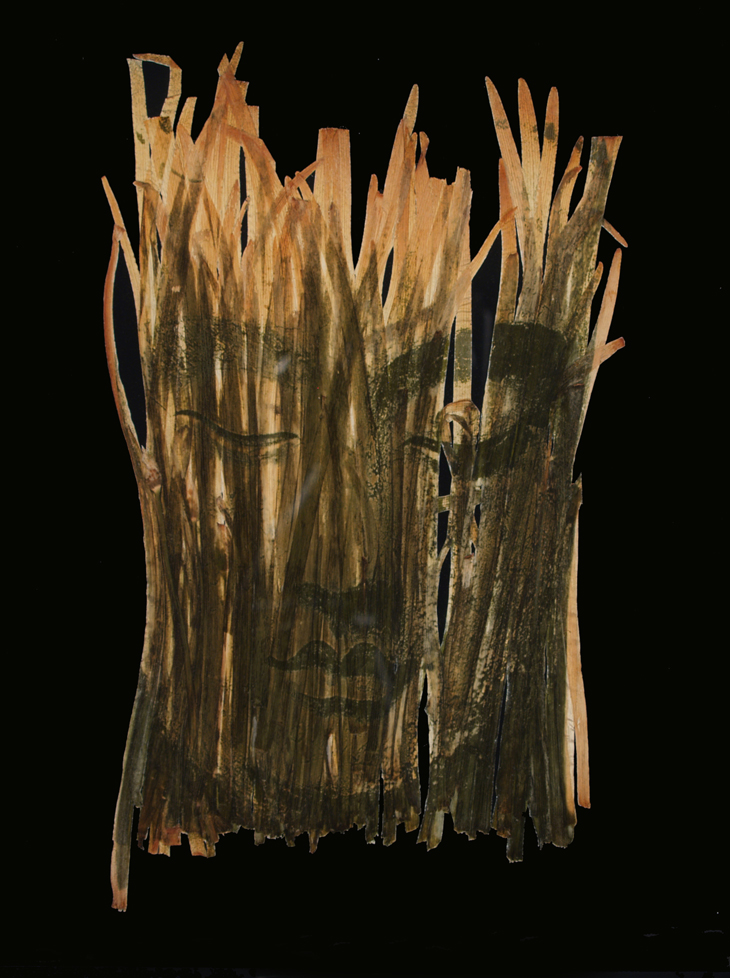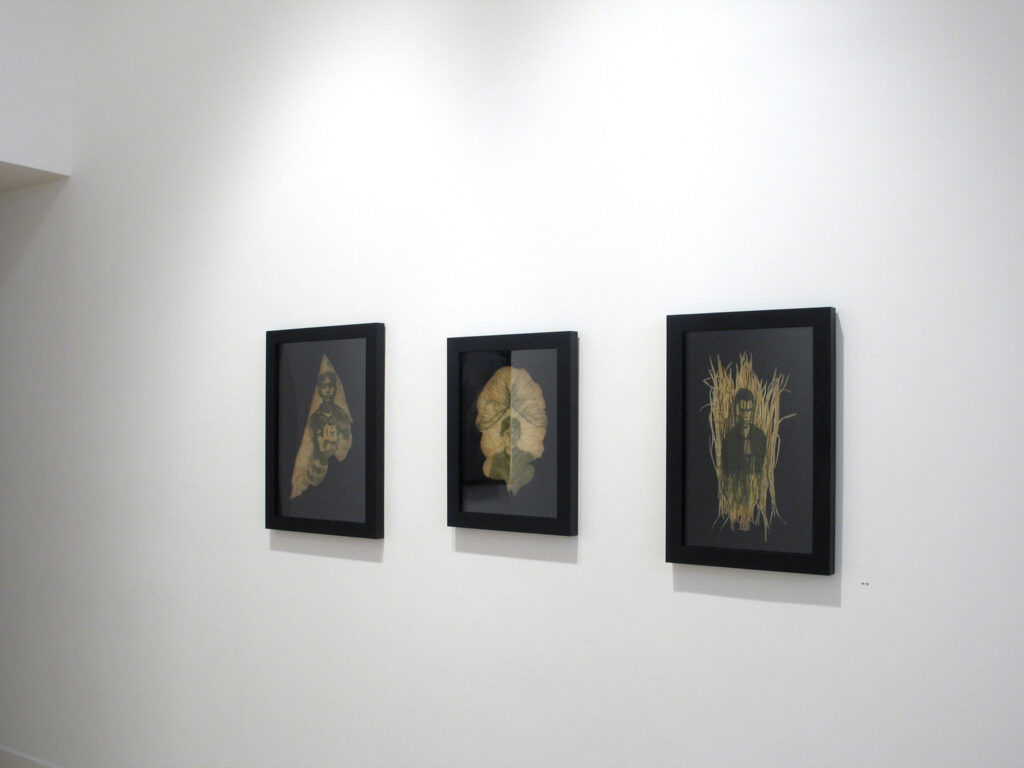Ancestral Altars (2006 to 2008)
Between 1975 and 1979, nearly two million people perished through murder and famine under the Khmer Rouge regime, which forced Cambodia’s urban population into the countryside to fulfill its vision of an agrarian utopia. Led by Pol Pot, the Khmer Rouge arrested, tortured, and executed anyone suspected of being an “enemy” of the state—including intellectuals, artists, religious figures, and foreigners, especially ethnic Vietnamese.
One of the regime’s most infamous sites of terror was Security Prison 21 (S-21), a former schoolhouse turned torture center. There, approximately 14,000 men, women, and children were interrogated, photographed, and ultimately killed. Their confessions were meticulously recorded, not in pursuit of truth, but to justify their executions. When Vietnamese forces liberated Cambodia in 1979, only a handful—fewer than twenty—had survived S-21.
During my visit to this site, now a museum, I documented much of its interior. I walked through its rooms and corridors, haunted by the atrocities that once took place there. As part of the victims’ forced testimonies, photographs were taken—now displayed in rows and rows, faces staring back at us from the silence of history. These portraits are more than archival records; they are witnesses. They confront us, asking what we will do with the truth they reveal.
To honor their lives, I created altars for the dead—a space for reflection, mourning, and meditation. These altars invite us to pause and consider the weight of history, the urgency of the present, and the inevitability of our own mortality. Even as we confront death, we are reminded to live well and do good for others.
All works are “Chlorophyll print and resin” in various dimensions.
